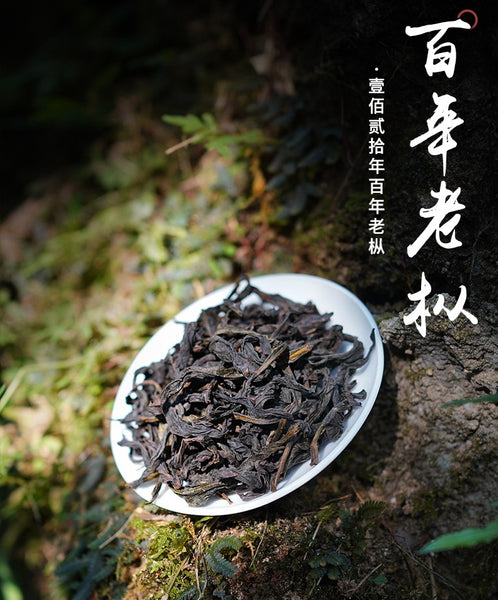
In the fourth part of the article "the most representative Wuyi Rock Tea-Narcissus" by Mr. Chen Dehua and other four authors, the concept of Laocong Narcissus was mentioned.
As stated in the text:
The narcissus tea trees in Wuyi Mountain are divided into Dazong narcissus and Laocong narcissus.
Dazong narcissus refers to the teas from general narcissus tea gardens, which we can easily buy on the market now.
Laocong narcissus refers to the narcissus trees that are more than 50 years old.
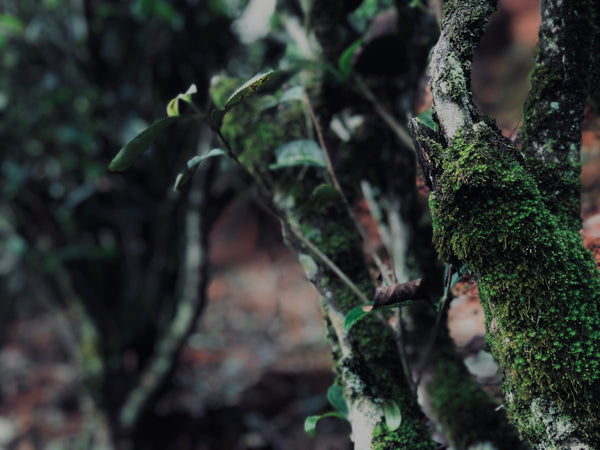
It has a special aroma or a "Cong Wei" different from that of Dazong narcissus, and such "Cong Wei" comes from the combination of the woody aroma from the xylem of the tea tree's own branches and stems, the smell of its ectophyte, and the surroundings around.
In other words, the Cong Wei of Laocong narcissus is contributed by the surroundings, which is a full manifestation that the environment affects biological traits.Therefore, the growth of Laocong narcissus also has requirements for the environment, for example, those teas that grow in a humid environment and enjoy a shorter direct sunlight in the day tend to have outstanding quality.
Here is a good example, the famous Laocong narcissus producing area-Wu Sandi.
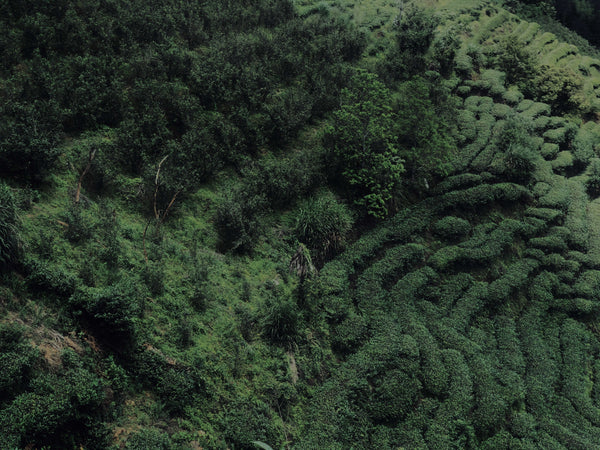
Wu Sandi is located in Yangzhuang Township, northwest of Wuyi Mountain. It is a high-altitude natural village with an average elevation of 800m (the highest point is 1300m).
The local jokingly describes its environment as "wearing hat on the top, shoes on the bottom, and belt in the middle", which means that there are many wild trees on the top and the side of the mountain, and the bamboo forest here is dense. Attributing to the special ecological environment, the narcissus teas growing here have their own qualities.
The narcissus that grows in Wu Sandi is never pruned, so the narcissus are shaped like ancient tea trees, with a height of 3m-4m and a diameter of about 20cm, day by day the Laocong narcissus here has slowly grown into a "tree".
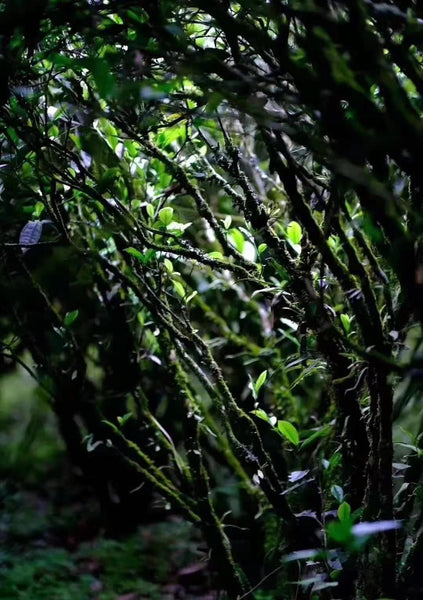
In the process of growing into a tree, the narcissus also slowly absorbed the aroma of ectophyte, such as the moss which is entwined on the tea tree and gradually merged with the tea tree and gives the tea a moss aroma, so what we often say [Cong Flavour] is related to these plants around the narcissus tea trees.
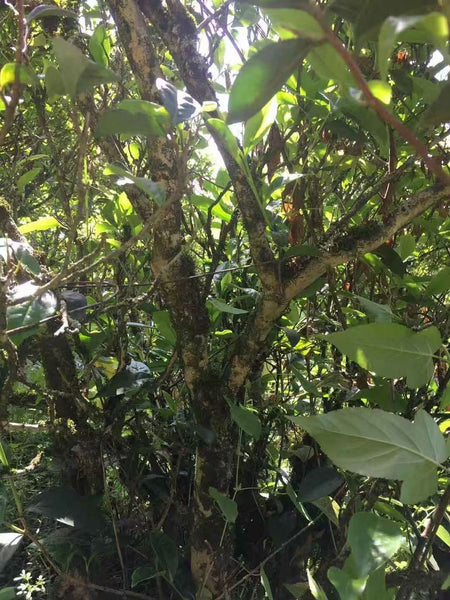
The pores of the buds leaf of Laocong narcissus have strong adsorption capacity, which makes the tea assimilated by the obvious aroma around, such as the fragrance of bamboo leaves and the smell of moss.
The pine flavor we often say is actually the woody aroma of a plant, usually expressed as woody and moss aromas. An Laocong narcissus with excellent quality, not only has a mossy and woody fragrance, but also has a floral fragrance, and there are two sources of floral fragrance, one is the fragrance of narcissus, and the other is the fragrance of surrounding wildflowers.
Laocong narcissus not only has outstanding characteristics in aroma, but also has outstanding performance in taste.
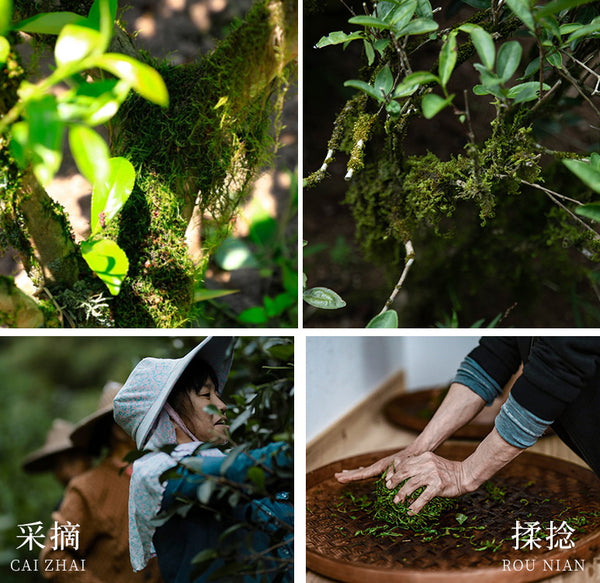
As the saying goes, "mellow comes first with narcissus", the older, the mellower. With the longer growth, the internal moisture content and nitrogen-containing compounds such as protein, amino acids, caffeine, etc., are relatively increased in the tea tree body, while the tea polyphenols, catechins, and cellulose, etc., relatively decrease. What’s more, the reduction of free catechins is large but the reduction of ester catechins is small, so the quality index of catechins of older narcissus is higher.
And thanks to all the changes of the contents above, the tea soup tastes fresh and smooth, with a higher aroma and optimized quality, and it is called the unique taste and flavor of Laocong Narcissus.

What is the relationship between Lao Cong Narcissus and Wuyi Rock Tea?
Laocong narcissus is a kind of rock tea, belonging to the category of narcissus, however, based on the classification of narcissus, there is one more restriction condition - the age of the tea tree. Only the narcissus over 50 years old belongs to the category of Lao Cong, and with the feature of the age, Laocong Narcissus becomes a star in the rock teas.
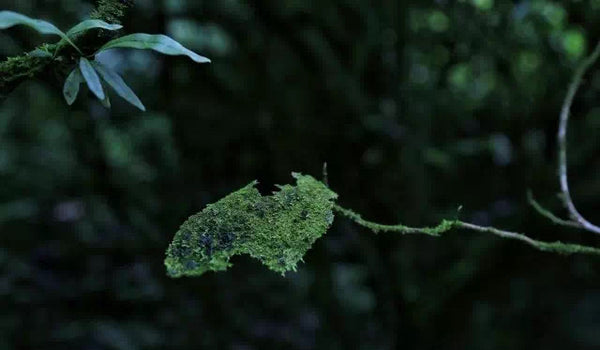
Experienced hundreds of years of wind and frost, how has such a narcissus changed? To drink, to know.









